Optimal Timing for Siding Service
Understanding the optimal timing for siding service is essential for ensuring durability and quality results. Weather conditions, temperature, and humidity levels play significant roles in scheduling siding projects effectively.
Spring offers moderate temperatures and longer daylight hours, making it suitable for siding installation and repairs.
Summer provides warm weather, but high humidity and heat can affect materials and work conditions.
Fall typically features cooler temperatures and less rain, ideal for siding projects before winter.
Winter is generally less suitable due to cold temperatures, snow, and potential for moisture-related issues.
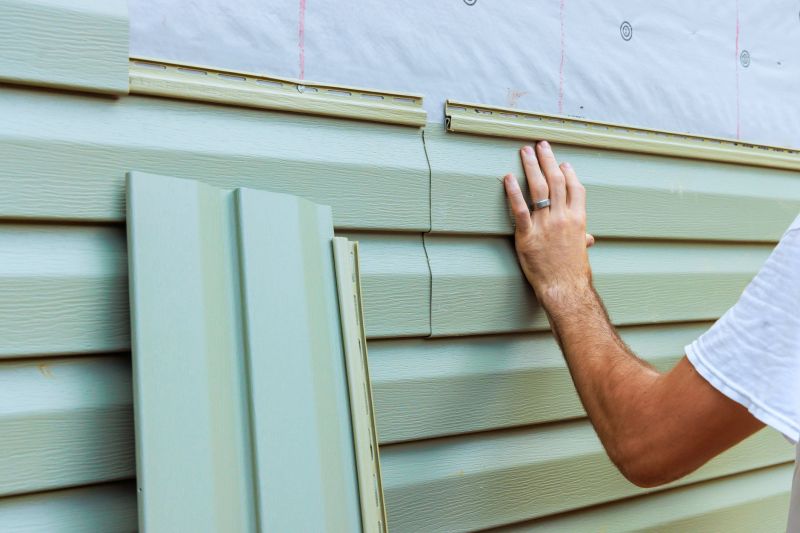
Ways to make Siding Service work in tight or awkward layouts.
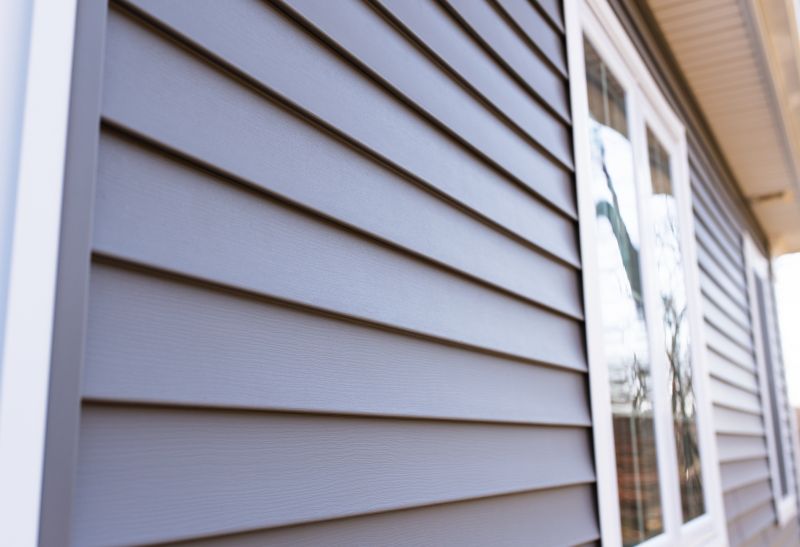
Popular materials for Siding Service and why they hold up over time.
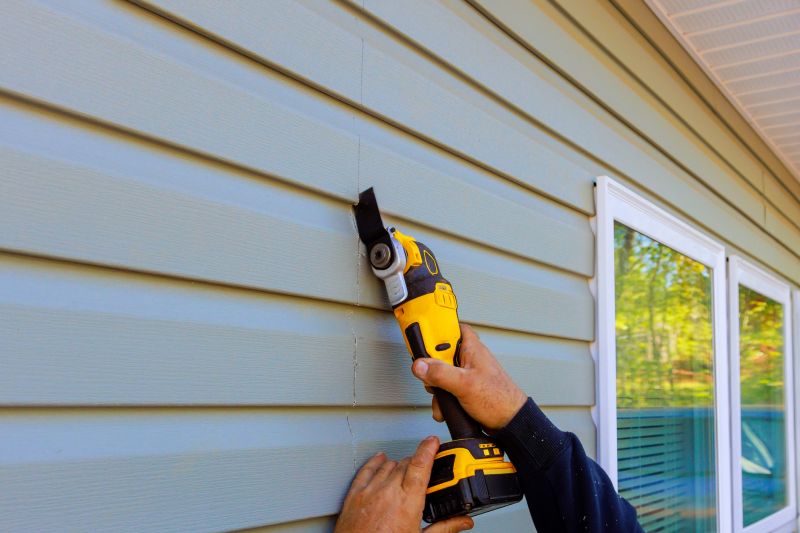
Simple add-ons that improve Siding Service without blowing the budget.

High-end options that actually feel worth it for Siding Service.
| Season | Ideal Conditions |
|---|---|
| Spring | Moderate temperatures, longer days, suitable for installation and repairs. |
| Summer | Warm weather, but watch for high humidity and heat. |
| Fall | Cooler temperatures, less rain, ideal for pre-winter projects. |
| Winter | Cold temperatures and snow make it less suitable. |
Statistics indicate that scheduling siding projects during favorable weather can reduce delays and material issues. For example, spring and fall are preferred seasons for many contractors due to predictable weather patterns. Properly timed siding service can also help prevent costly repairs caused by weather-related damage.
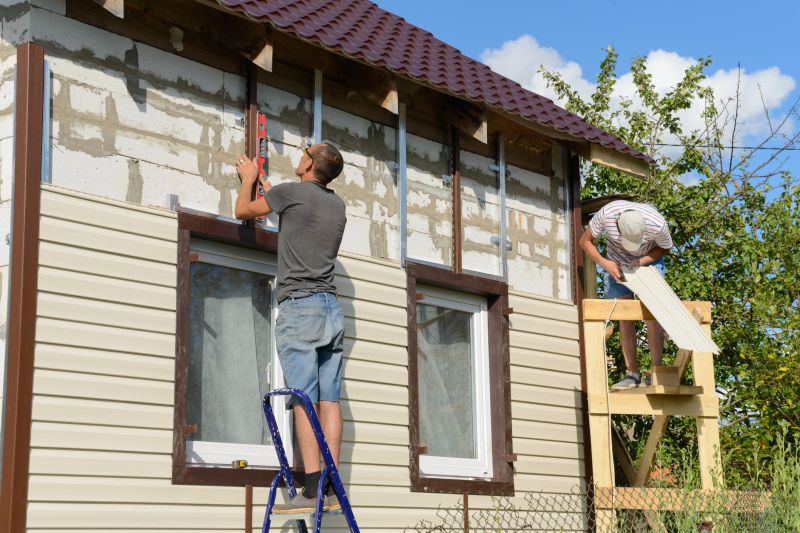
Finishes and colors that play nicely with Siding Service.
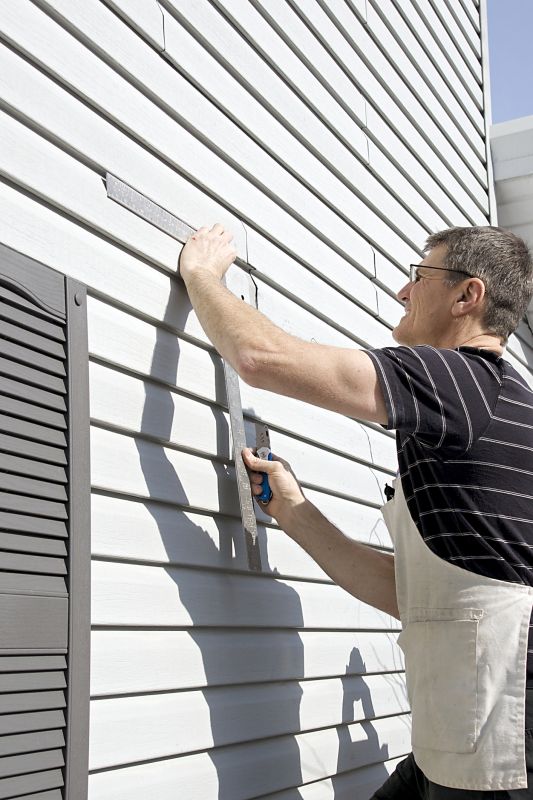
Little measurements that prevent headaches on Siding Service day.
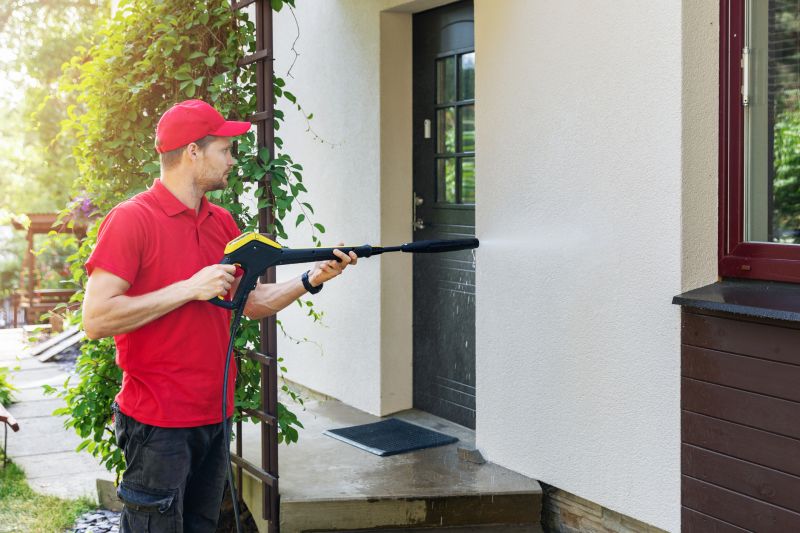
A 60-second routine that keeps Siding Service looking new.
Interested in scheduling siding service? Filling out the contact form can provide more information and help determine the best timing for specific needs. Proper planning ensures quality results and long-lasting protection for the building exterior.


